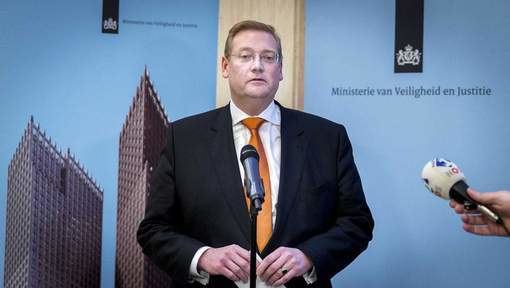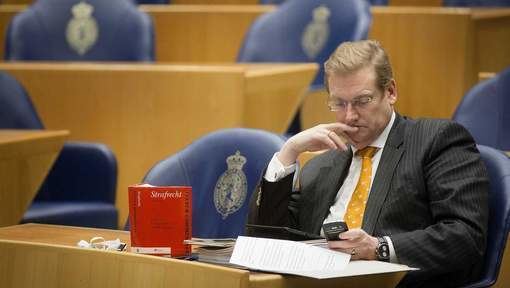Name Ad der Role Dutch Politician | Parents Ab van der Steur Education Leiden University | |
 | ||
Party People's Party for Freedom and Democracy Similar People Henk Kamp, Edith Schippers, Melanie Schultz van Haegen, Lodewijk Asscher, Ronald Plasterk Profiles | ||
Adrianus (Ad) van der Steur (27 September 1893, Haarlem – 13 December 1953, Rotterdam) was a Dutch architect and member of an architect family.
Contents

Life

Van der Steur studied engineering at the Technische Hogeschool Delft (Polytechnic college in Delft). After finalizing his studies in 1918 he worked for the Nederlandse Spoorwegen (Dutch Railways) and later was an architect with Gemeentewerken Rotterdam (Municipal works company Rotterdam). Like other architects in Dutch municipal and government service of that era, Van der Steur designed his buildings in the 1920s in a style similar to that of Willem Marinus Dudok and the Amsterdam School. In the early part of this period, he designed mainly schools, such as the Johan van Oldenbarnevelt HBS (1925).

After that, he designed several buildings in Rotterdam:

Several of his designs are now listed on as a national monument in Rotterdam.
In 1941 van der Steur, together with W.A.C.Herman de Groot and K.I.Ruige, founded his own architect company.
His work was not limited to Rotterdam. He also designed the main office of IJsselmij in Zwolle (1939 - 1946); an office building for an insurance company (1951 - 1953), today the residence of the Yugoslavia Tribunaleight railway stations (1929); and one of the faculty buildings of the his old school the Polytechnic University Delft (1953).
Restorations
Van der Steur was as an architect not only involved in the design of new buildings, but also in the restoration of some highly visible buildings in several cities, such as the City hall of Gouda, City hall of Middelburg and the Great or Saint Laurence Church of Rotterdam.
Architect family
Van der Steur was born in an architect family, whose members sometimes are confused in relevant literature. His grandfather Adrianus van der Steur (1836 - 1899) was architect in Haarlem. His son and Ad's father, J.A.G. van der Steur (1865 - 1945) was a professor and architect in Delft. Besides Ad, his brother A.J. van der Steur (1895 - 1963) was architect and another brother J.A.G. van der Steur jr. was a civil engineer involved in the design of Stormvloedkering Hollandse IJssel in Krimpen aan den IJssel.
